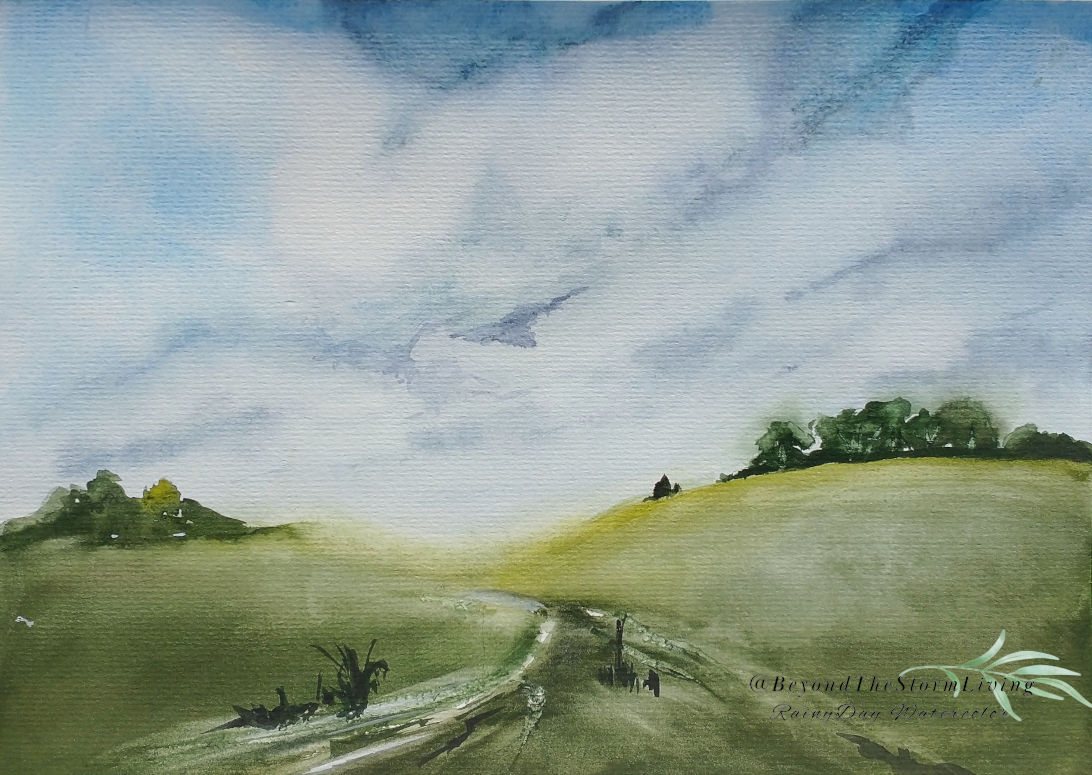Vibrant Lily - Limited Palette of 3 Colors
Vibrant Lily - Painted with Only 3 Colors
This stunning lily was created using just three watercolor pigments, proving that a limited palette can produce incredibly vibrant and lively results. All the rich hues you see—from deep magenta to vivid greens—were mixed from a carefully selected primary triad, ensuring perfect color harmony and clean, mud-free mixes. The fine gold accents were preserved using masking fluid applied before painting.
Want to learn more about limited palette painting?
Read my complete guide here: [Coming Soon]
Credit for the inspiring technique and tutorial goes to the talented Debbie Friis-Pettitt. Try her tutorials—she is a true master of the limited palette!
Materials Used: #affiliatelinks
Paints:
Paper:
Brushes:
• Use Debbie's recommended brushes (cheap & effective)
• OR check out my Princeton synthetic brushes guide to pick what works best for you
Masking:
#LimitedPalette #Watercolor #VibrantLily #ColorMixing #3ColorChallenge #WatercolorTutorial #ArtMaterials































